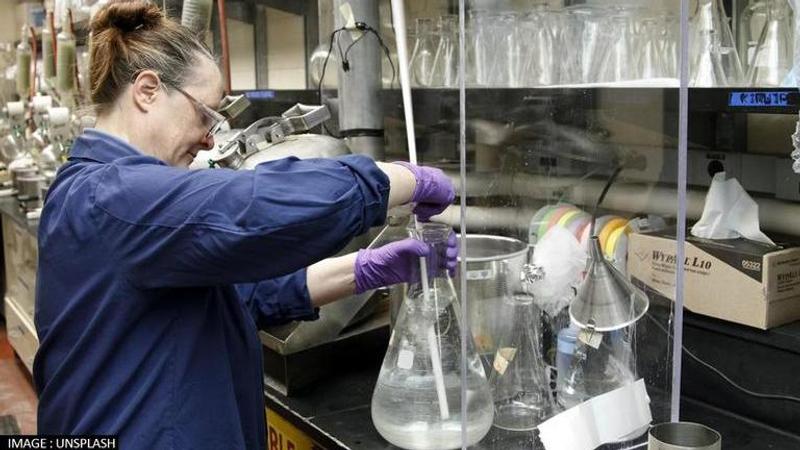Published 14:02 IST, October 9th 2021
Scientists create coldest temp, 38 trillionths of a degree warmer than absolute zero
The researchers from the University of Bremen were able to create one of the 'coldest places in the universe' for a few seconds in the lab.

Scientists have created the coldest temperature ever recorded in a lab. The temperature recorded in the lab reached 38 trillionths of a degree warmer than absolute zero, reported DailyMail. The researchers from the University of Bremen were able to create one of the 'coldest places in the universe' for a few seconds in the lab. Reportedly, at present, there are no thermometers to detect such a low temperature.
Coldest temperature recorded
For producing the coldest temperature, the team of researchers tried to control a cloud of atoms to the point where they were virtually static, reported the news website. Reportedly, the researchers from the University of Bremen were able to create one of the 'coldest places in the universe' for a few seconds. As per the report, absolute zero, known as zero Kelvin or -459.6°F is the point where the atoms have no energy and they remain static. It is reportedly the coldest temperature theoretically possible to reach.
The researchers in Germany for creating the low temperature inside the lab created a process that lowered the system's temperature to the point where they could not move, as per the report. The particles in the lab remained static for few seconds. As per the new website's report, the temperature that was achieved in the lab for few seconds was so low that there are no thermometers that can detect it. For measuring the temperature, scientists had to base the measurement on the lack of kinetic movement of the particles.
As per the British website's report, the procedure used by scientists to detect the temperature is known as a 'time-domain matter-wave lens system'. Through the mechanism, scientists were able to see the matter behave in a specific manner. Reportedly, the team used a magnetic lens to study the waves, through which they were able to shape a quantum gas and use it to make a focused matter-wave they could use to control and monitor its behaviour. Reportedly, Quantum gas, also known as Bose-Einstein condensate, is much less predictable than regular gas that is made of a loose arrangement of particles.
(Image: Unsplash/Representative Image)
Updated 14:02 IST, October 9th 2021




